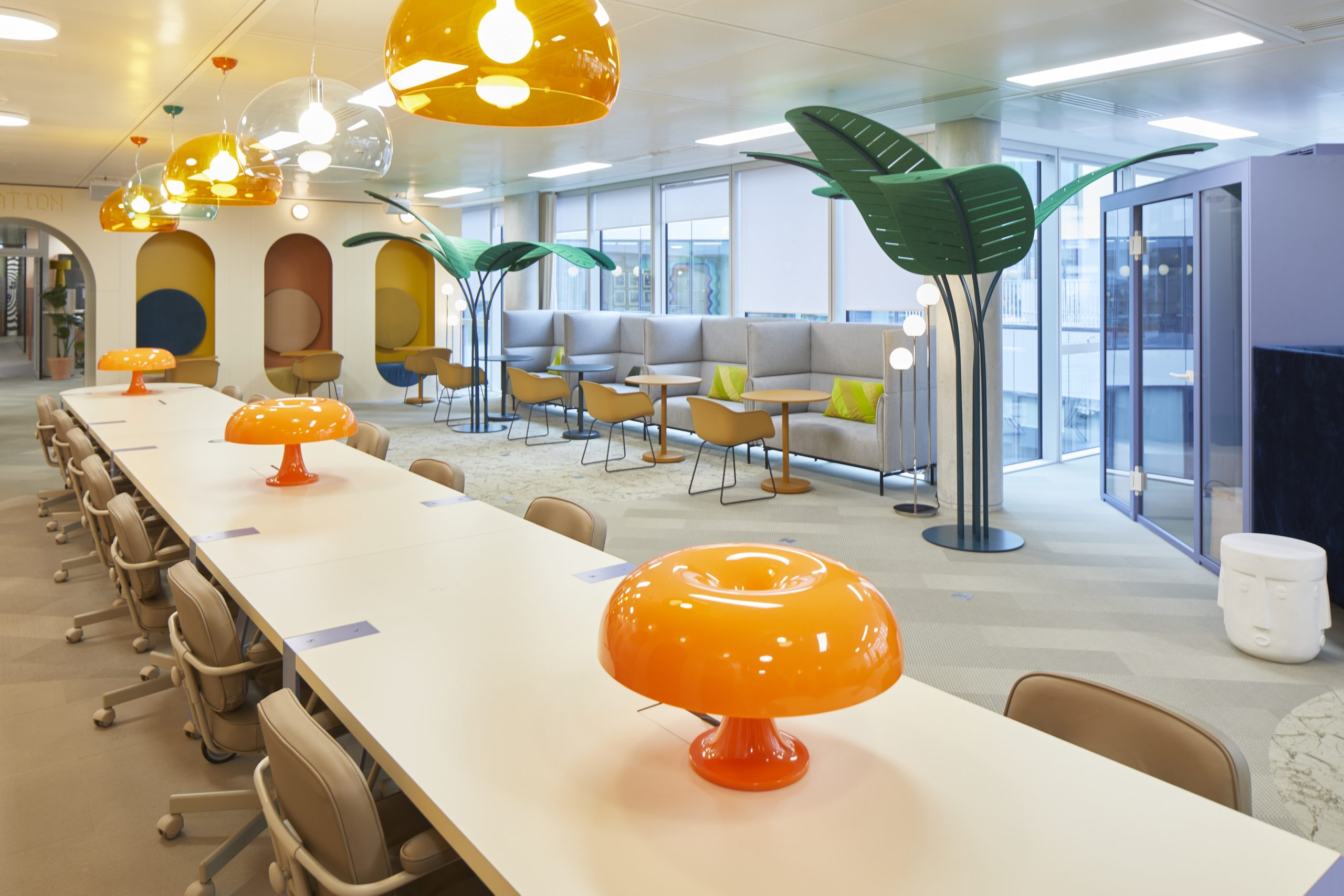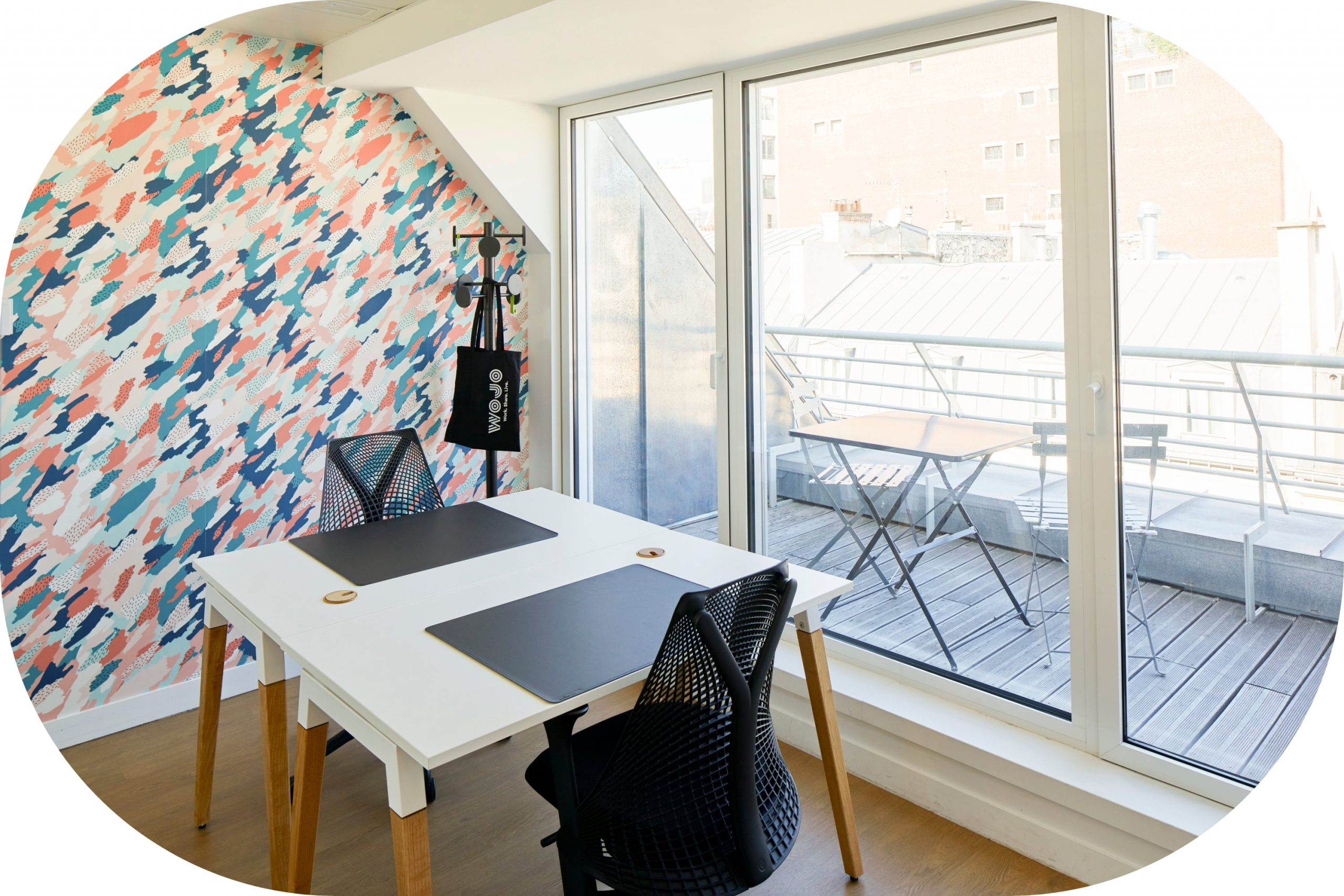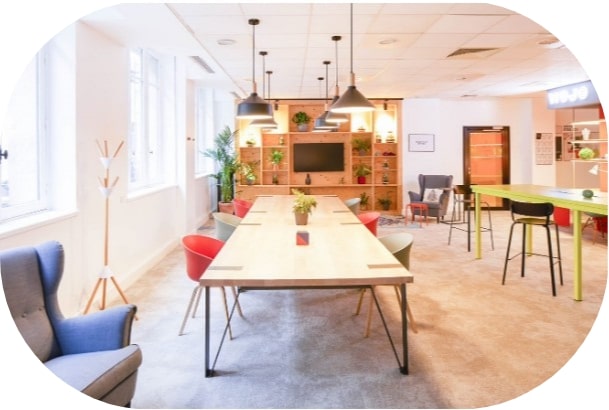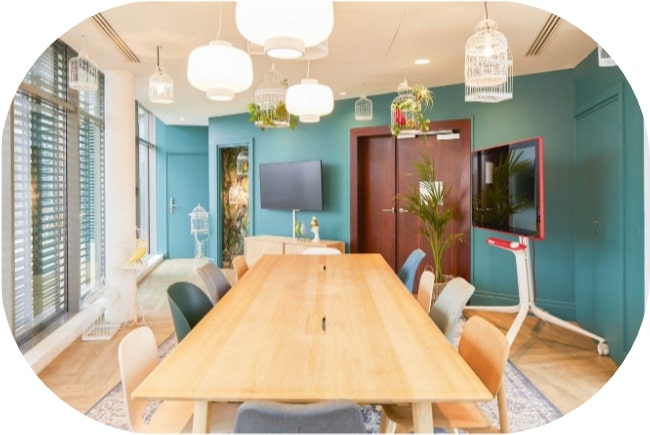Our work organisation has been revolutionised in a few months by the need for containment. Teleworking has become the norm: you wonder if your offices, which weigh so heavily on your company budget, are still useful. And if so, how do you choose new ones, when you may lack visibility? We asked Nicolas Giuliani, Business Development Manager (Middle and Major account) at Wojo, to guide us through what a flexible office is.
Before talking about a flexible office: should you always rent an office?
Yes, provided that you rethink the way you think about the office! With the crisis, commercial real estate has had to reinvent itself to meet new expectations: we must take advantage of this.
As for the choice of whether or not to keep an office… I would reply that there is no doubt that a company will always need space where its teams can meet. Moreover, 100% home office would eventually pose problems of management but also of the feeling of belonging and of company culture… That’s why even companies that are moving to full remote contact us to find a place where they can regularly bring their employees together in person in order to preserve the link.
Indeed, even if we manage to do a lot of things remotely, working in project mode remains difficult in full remote. I think we will move towards hybrid organisations, sometimes with up to 3 days/week remotely, but at least two days in person.
How to save on office rent?
Companies have several options. The biggest factor in the cost of rent is the real estate pressure in the target area. So there is no magic formula… because in general, if you set up in a place, it is for a good reason!
Move away or alternate
Either by renting other private offices further away, in a more affordable area, ensuring that the two addresses are connected by a direct public transport line to facilitate contact; or by partially teleworking and rotating staff. This is called flex office. As regards the organisation of remote working hours, one can opt for the home office, but this has a cost since the employee’s workstation has to be adapted. There are also low-cost coworking subscriptions that allow employees to work in a strictly professional space rather than at home.
Of course, it is possible to combine these two options: this is the case at Wojo.
Optimise your rental-related costs
Then it is useful to look at what is included in the current rent: charges, services, taxes, etc. to optimise the whole. Is energy consumption well regulated, are the services that manage maintenance regularly put out to tender? Are we paying for a gym that is rarely used by employees, when they would like to have a kitchenette?
This exercise allows you to refine your needs and those of your teams, but you will not have much room for manoeuvre on this.
Taking an interest in coworking spaces
It is therefore advisable to favour offices in coworking spaces, which bring together several companies under the same roof according to their needs: private offices or shared work spaces.
Many expenses are shared: cleaning, energy, maintenance, but also the common areas dedicated to conviviality (lounges, terraces, bar, etc.). This allows you to benefit from a much larger surface area, but also to have access to several different addresses: a huge advantage when you are looking to reduce your commuting time.
Beware, again because of the pressure of real estate, your rent will not necessarily be cheaper than in a traditional building, but the level of service will be higher.
Another significant advantage is that with a traditional lease, the tenant is responsible for the fitting out and upgrading of the premises to meet health standards, for example, which represents money and resources mobilised. Shared workspaces ensure that all these costs are taken care of in an optimised way. Everything is managed, so you can concentrate on your business.
What should you look out for in your future contract?
Obviously, you need to know how long you are committing for and what the conditions are for leaving. Here again, the solution of coworking spaces, which operate with flexible service contracts rather than leases, is attracting more and more companies.
These operators think in terms of a flexible office: you have the freedom to increase or decrease the number of rented workstations, on demand and without cost. This is particularly important when you are testing the flex office and have difficulty knowing how many workstations you will need, but also in the event of difficulties (or rapid growth!). This way your rent adapts to your constraints in real time and does not put you at risk.
Also read: Future workspace will be plural
What exactly is a flexible office?
Capacity flexibility
As mentioned above, it is first of all the possibility to modulate the number of posts.
Geographical flexibility
I’m talking about the variety of geographical locations your office operator can offer you: you need to make your life easier! Whatever the configuration you are considering, whether it is several private offices or a mix of office and coworking, try to have only one contact person.
Today, brands like Wojo are able to find you one or more offices (or coworking spaces) in any city in France, regardless of its size. You also need to ensure that your travelling or teleworking employees always have a quality place to work, wherever they are. The importance of the network of spaces at your disposal will make the difference.
Today, there is nothing to stop a company from having a smaller head office in a popular area and offering employees a workspace as close to home as possible.
The flexibility of the offer
Finally, a flexible office must meet your needs. I am thinking of the richness of the typology of work spaces at your disposal. Today you may be thinking of a flex office with a private office alternating with a home office? But what if tomorrow you wanted to favour social links and ask your employees to meet either by team, by affinity, or by geographical area to work together rather than in isolation? Or what if your head office teams wanted a change of scenery, but you needed to keep them close to you?
Some companies have private offices and coworking workstations on the same site, which teams can access when they want to change their environment. The flexible office is also the ability to meet all expectations.
Time flexibility
At a time when it is becoming increasingly difficult to refuse to allow employees to work different hours (within reason, of course!), it is also an asset. There are early risers, employees who want to avoid peak traffic times… Having a flexible office where employees have a badge and are therefore autonomous can be practical.
What advice would you give to a company that wants to move to a flex office in a coworking space?
There is only one thing, because everything else follows from it: choose an office operator who positions himself as a partner and not just a landlord. The flex office requires a certain amount of organisation, and sometimes adjustments, because it is by essence a working mode in motion!
This starts with the commercial relationship: do we know how to listen to you, can we adapt our solutions to your needs, do we have all the useful services (such as a booking app to reserve a workstation), etc. What are the values of the brand? Very often, coming to visit a space or asking to test a day of coworking allows you to understand these questions.






